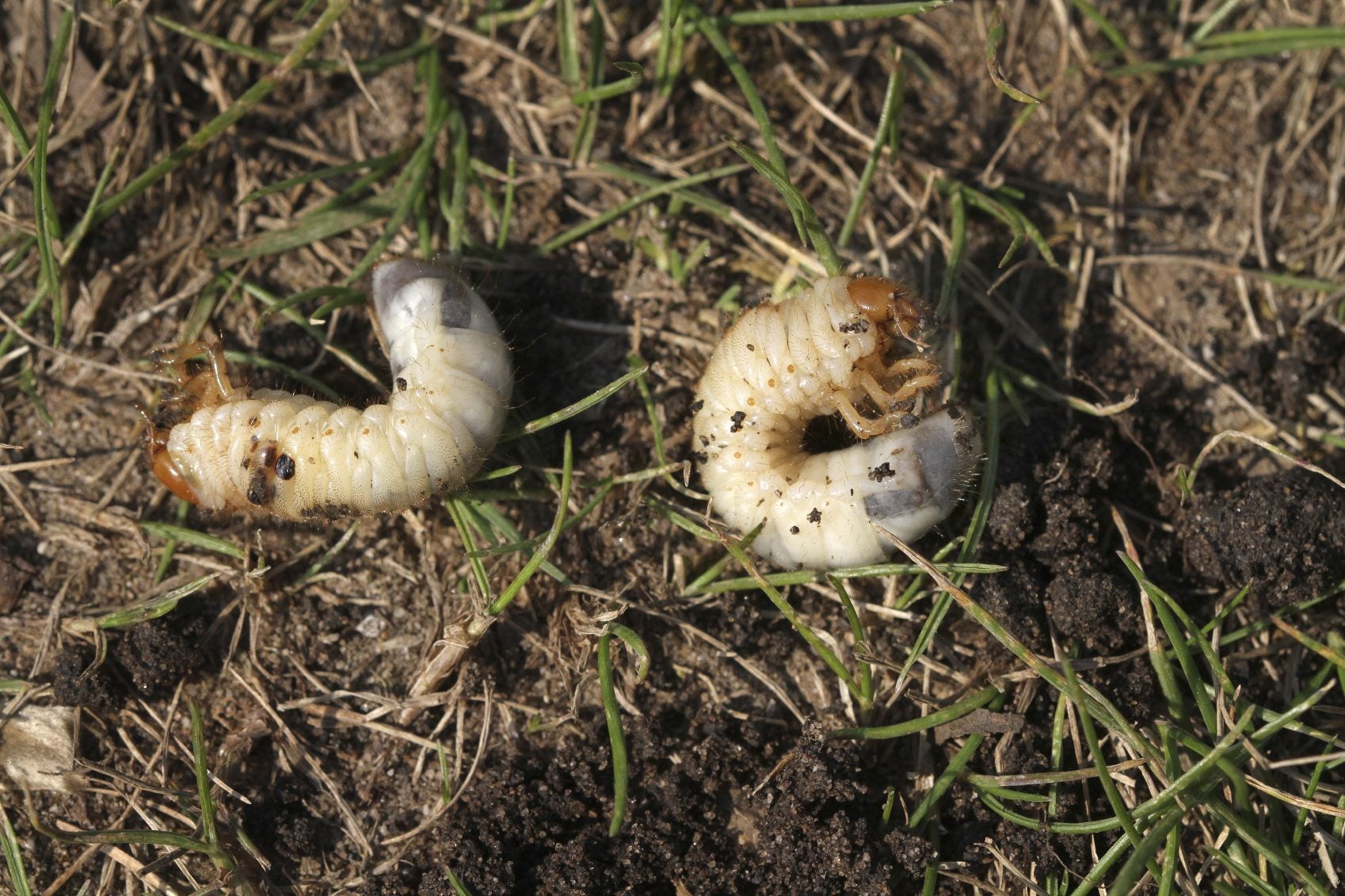Transforming your backyard into a lush, green sanctuary is every homeowner’s dream. However, that paradise can quickly turn into a battlefield against a pesky enemy: bugs. Lawn insect infestations are not only a nuisance but also a threat to the health and vibrancy of your grass. This comprehensive guide will walk you through the essential steps and strategies for ensuring your lawn stays bug-free and ready for barefoot summer strolls.
Read more: https://homegarden.codepel.com/the-ultimate-guide-to-natural-pest-control-in-your-lawn/
The Bug Battleground: Understanding Common Lawn Insects
Before you can combat them, you need to know your enemies. Here are some of the most common lawn insects that could be targeting your grass:
- Chinch Bugs: These pests suck the sap from grass, leading to patches of wilting and yellowing turf.
- Grubs: The larvae of various beetles, grubs feed on grass roots and can be particularly destructive.
- Armyworms: These caterpillars consume grass blades, often leading to swift and severe lawn damage.
- Billbugs: Billbug larvae bore into the grass stems and can cause large brown patches on the lawn.
Understanding the behavior and lifecycle of each insect will be crucial in planning your defense.
Prevention is the Best Policy: Adjusting Lawn Care Routines
Keeping bugs at bay starts with good lawn care practices. Here’s what you can do:
- Mowing Height: Adjust your mower to a higher setting, as tall grass shades the soil and helps retain moisture, making your lawn less hospitable to insects.
- Watering Wisely: Regular, deep watering encourages strong root growth and can make your grass more resilient to pest damage.
- Fertilization: Use balanced fertilizers that promote healthy grass without stimulating excessive, vulnerable growth.
- Aeration: Regular aerating of your lawn can improve soil health and drainage, making it a less attractive environment for insects.
By making these adjustments, you’re already putting up significant barriers against potential bug invasions.
Organic Solutions for a Healthy Ecosystem
For homeowners who prefer to avoid harsh chemicals, organic lawn care offers a safer and eco-friendly alternative. Here are some strategies:
- Beneficial Nematodes: These microscopic organisms can be a gardener’s best friend, as they feast on the larvae of many insect pests.
- Companion Planting: Introducing certain plants, like marigolds, can repel bugs and provide a more diverse ecosystem.
- Homemade Sprays: Garlic, neem oil, and pepper solutions can be effective repellents when sprayed on the lawn.
These methods not only deter insects but also help maintain a balanced, healthy lawn ecosystem.
Chemical Control: When to Bring Out the Big Guns
Sometimes, despite your best efforts, bugs can overrun your lawn. In these cases, commercial insecticides might be necessary. It’s important to use them judiciously and read and follow all instructions carefully. Here’s what to consider:
- Identify the Pest: Different insects may require different forms of treatment, so first, make sure you know what you’re dealing with.
- Granular vs. Liquid Formulations: Both have their pros and cons. Granules are generally easier to apply but might take longer to take effect, while liquids can be more precise and act faster.
- Timing: Applying insecticides at the right time, typically in the early morning or evening when insects are most active, can maximize their effectiveness.
Chemical control should always be the last resort, used when other methods have failed or when an infestation is severe.
Maintenance Mode: Keeping Your Lawn Safe from Future Attacks
Finally, keeping a bug-free lawn is an ongoing process. Regular maintenance is key, including:
- Monitoring: Keep an eye out for signs of insect damage and act quickly to prevent problems from spreading.
- Regular Maintenance: Continue with the adjusted mowing, watering, and fertilizing routines, which will sustain the health of your lawn and make it less susceptible to bugs.
- Preventive Treatments: Consider applying preventive insecticides if you’ve had issues in the past or if your lawn is particularly vulnerable.
By staying vigilant and proactive, you can keep your lawn looking its best year-round and enjoy a bug-free outdoor experience.
Case Studies and Success Stories
It’s always encouraging to learn from the experiences of others. In the case studies section, you could provide examples of real homeowners or gardeners who successfully tackled lawn bugs using the methods you outlined. For instance, you might share how a homeowner identified and treated a grub infestation with beneficial nematodes, or how a gardener prevented chinch bugs by adjusting their watering schedule.
Frequently Asked Questions (FAQ)
Address common concerns and uncertainty with a FAQ section. This could include:
- When is the best time to apply insecticides?
The best time to apply insecticides is typically during the active season of the specific insect you are targeting. Check with local gardening centers for the best time in your area.
- Are there any natural predators that can help control lawn insects?
Yes, introducing certain predator species, such as ladybugs or lacewings, can help keep populations of harmful insects in check.
- Can certain types of grass be more resistant to bugs?
Yes, some grass types, such as fescues or zoysias, are known for their resistance to particular insects. Choosing the right grass for your region can be an effective preventive measure.
Glossary and Resources
To help readers always stay informed, providing a glossary of terms and a list of trusted resources where they can learn more about bugs and lawn care will be invaluable. Include terms such as “chinch bugs,” “beneficial nematodes,” and “aeration,” with explanations. Additionally, recommend books, websites, and organizations that specialize in lawn care and entomology.
By arming yourself with the knowledge and techniques outlined in this guide, you can reclaim your lawn from the clutches of insect invaders. A healthy, vibrant lawn not only adds beauty to your home but also provides a safe space for you and your family to enjoy. Remember, the key to successful grass treatment for bugs is about maintaining balance and harmony in your lawn’s ecosystem, ensuring that even the tiniest of visitors don’t disrupt the serenity of your green haven. Happy landscaping!
